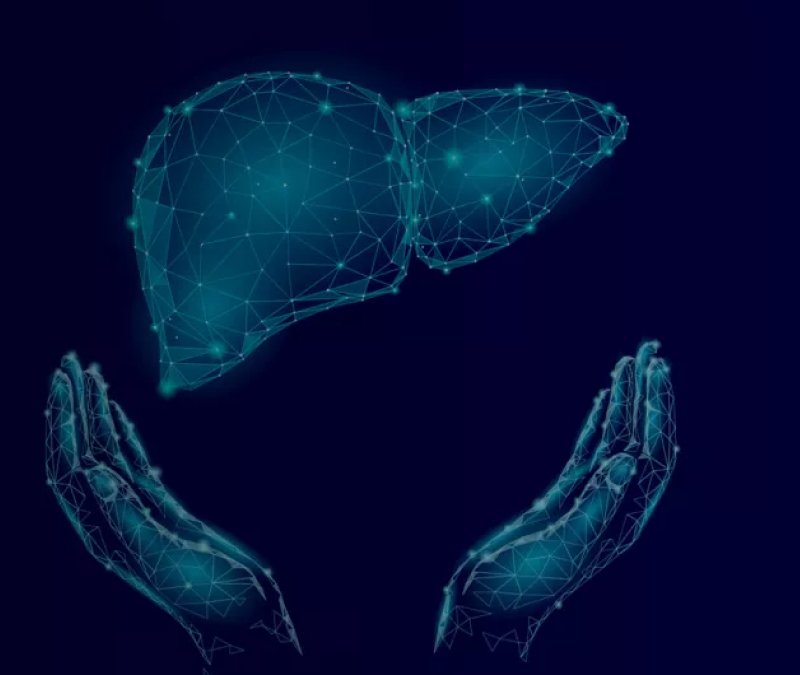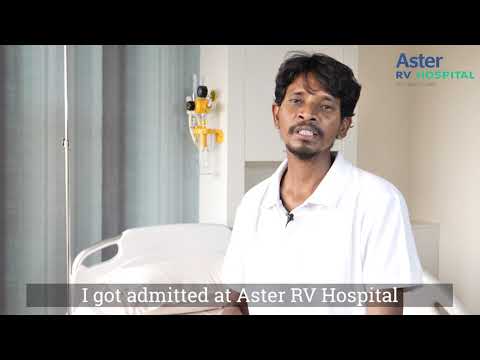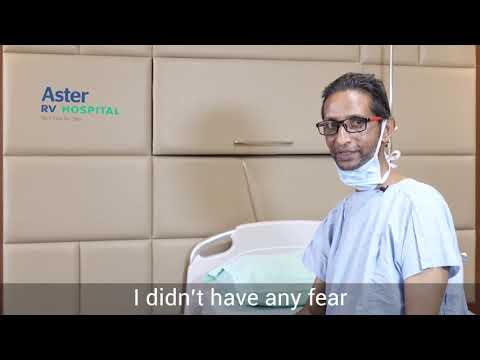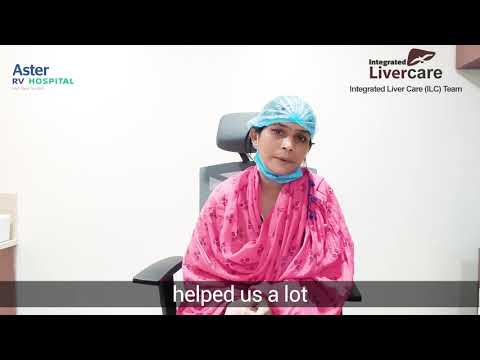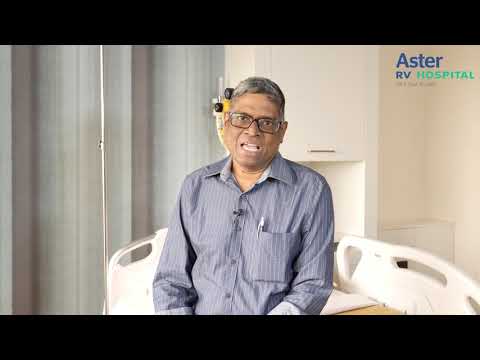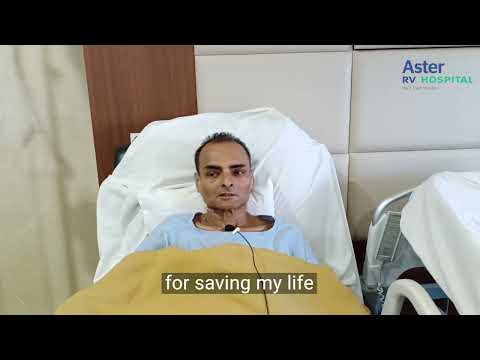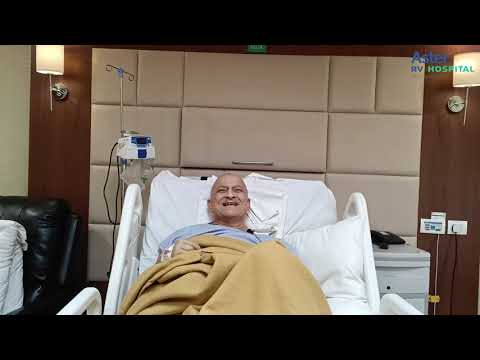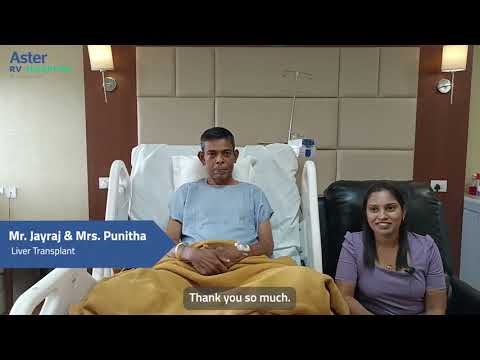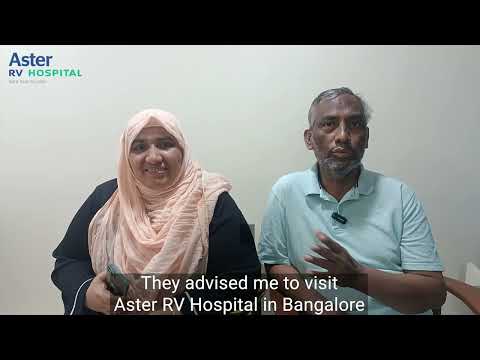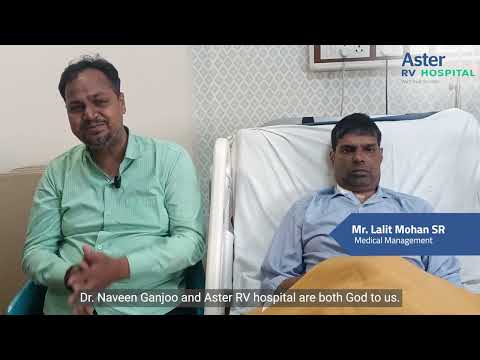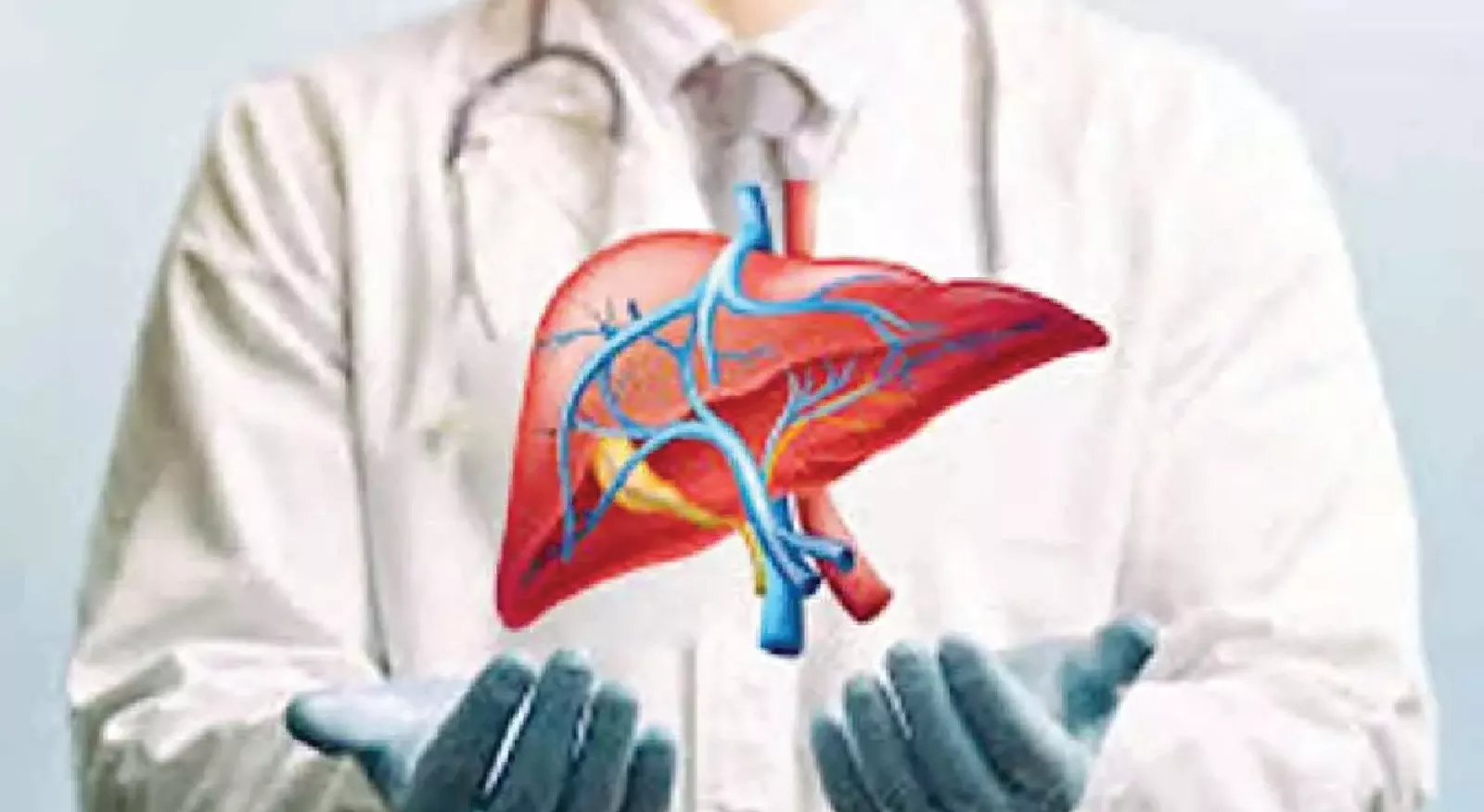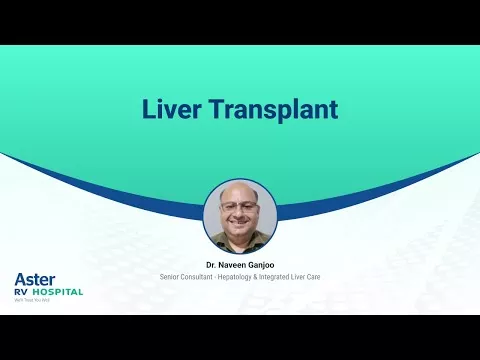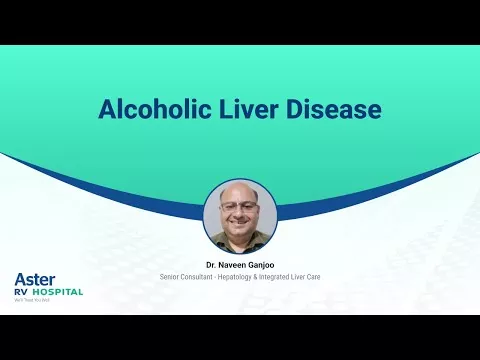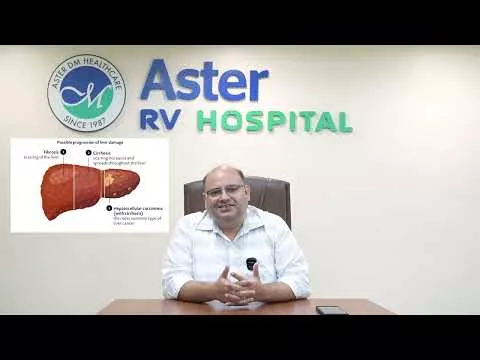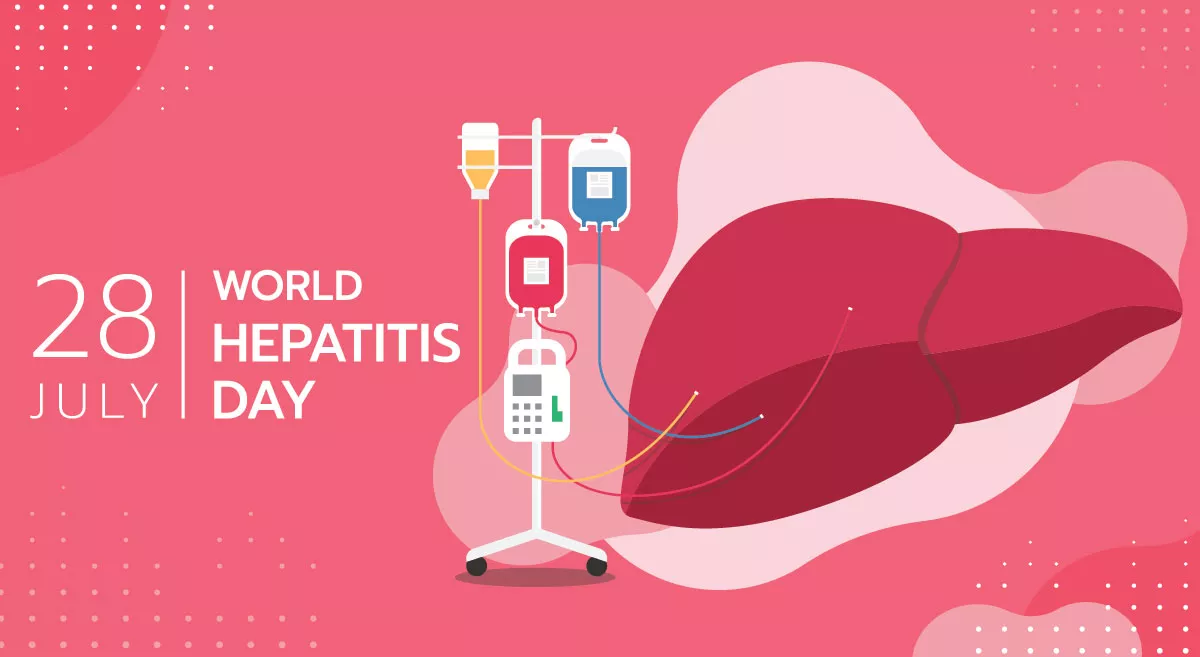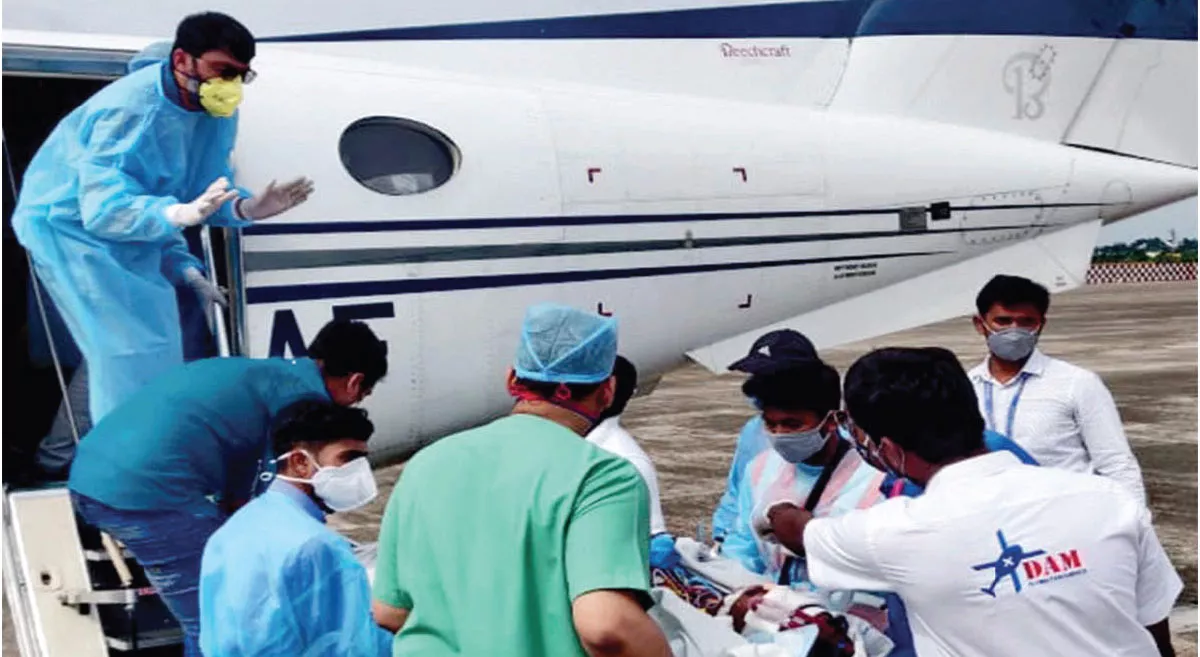The Integrated Liver Care (ILC) Centre of Excellence (CoE) at Aster RV Hospital gives complete care for patients with all the aspects of a liver disorder ranging from medical care, complex liver and pancreas resections, interventional radiology procedures, including robotic hepatectomy and the full spectrum of both paediatric and adult liver transplant.
At Aster RV, JP Nagar, Bangalore, the department of Integrated Liver Care is a liver-specific specialty program where we have leading liver transplant surgeons in Bangalore, liver specialist doctors, and the entire team to attend patients with complicated liver conditions.
The Aster Integrated Liver Care at Aster RV Hospital is one of the with a success rate of 92%. Aster RV, being one of the best liver specialist hospitals in J.P Nagar, Bangalore, we believe in providing optimal outcomes with the guidance of our dedicated unit of a liver specialist with full experience and knowledge. Aster RV with over 200 liver transplants has the best doctors for liver treatment in Bangalore, has been supporting donor morbidity at a remarkably low rate of 3 percent with zero percent mortality till date. At Aster RV Hospital, the paediatric liver transplant program is one of the most extensive programs in South India, establishing complete comprehensive care for liver diseases in children.
Aster RV, one of the best liver treatment hospitals in Bangalore with a dedicated team comprising some of the best liver surgeons, best hepatologists in Bangalore (liver specialist doctors), trained coordinators, a nursing team, and counsellors, along with critical care specialists, interventional radiologists, anaesthetists, and physiotherapists. Each member in the group is trained at some of the best hospitals specialising in liver treatment abroad and are experts in hepato-pancreato biliary and abdominal multi-organ transplant surgeries.
The Aster ILC team is a single of destination for a patient experiencing from the liver disease with its up-to-date infrastructure, an 18 bedded Liver ward with deluxe, dedicated 6-bed transplant ICU, single and double rooms, the Advanced Therapeutic Endoscopy unit (ERCP, EUS), and MARS Liver dialysis unit. Also, all non-transplant patients can get benefited from a large ICU.
The hospital, with a distinct team, also has one of the most comprehensive liver transplant programs in India which makes Aster RV hospital as one of the best liver care hospital in Bangalore and South India according to a Times of India Critical Care Ranking Survey.
Our Doctors
We have some of the best specialists from around the world, they bring years of experience and offer evidence-based treatment to ensure the best care for you.
Advanced Technology & Facilities
Well equipped with the latest medical equipment, modern technology & infrastructure, Aster Hospital is one of the best hospitals in India.
- Thorough medical assessment for patients with complex liver diseases
- Specialized care for pediatric liver transplantation
- Intensive care for individuals with acute liver failure
- Liver transplantation, encompassing live donor, deceased donor, and split liver procedures
- Treatment of individuals with liver failure, end-stage liver disease, and cirrhosis
- Advanced Pancreatobiliary surgery
- Latest advances in Hepatobiliary Radiology Intervention
- Proficiency in performing complex vascular resection surgeries for liver, biliary tract, and pancreatic tumors.
- Utilization of Minimally Invasive Laparoscopic Hepato-Pancreatobiliary Surgery
- Varied treatment approaches for liver cancer patients (HCC)
- Liver Pathology: Molecular diagnostics, genetic mutation analysis, and immunohistochemistry.
- Autoimmune Liver Disorders
- Viral Hepatitis Management
- Chronic Liver Disease Clinic
- Post-Liver Transplant Care and Follow-up
- Comprehensive Approach to Complex Liver Conditions
- Liver Transplantation Evaluation
- Liver Transplantation Care
- Fatty Liver/NASH (Non-Alcoholic Steatohepatitis) Consultation
- Alcoholic Liver Disease Clinic
- HPB cancer clinic
- Acute and chronic pancreatitis.
- Liver ICU
- Round-the-clock Liver On-Call Support
- Liver Intensive Care Unit (ICU) staffed by specialized liver intensivists and trained nurses
- Endoscopic Procedures: Band Ligation, Glue Injection, Sclerotherapy, ERCP
- Ablation Techniques for Liver Tumors
- Liver Biopsy and Fine Needle Aspiration Cytology (FNAC)
- Transjugular Liver Biopsy
- TACE (Transarterial Chemoembolization) and TARE (Transarterial Radioembolization)
- TIPS (Transjugular Intrahepatic Shunt)
- BRTO (Balloon-occluded Retrograde Transvenous Obliteration) and Shunt Occlusion.
- Utilization of Advanced 3D Imaging
- Portal Vein Embolization
- Implementation of Percutaneous Transhepatic Biliary Drainage and Stenting for Biliary Strictures
- Intraoperative Doppler Studies
- TACE (Transarterial Chemoembolization) for Liver Tumors
- Trans jugular Liver Biopsy
- TARE (Trans arterial Radioembolization)
- Trans jugular Intrahepatic Portosystemic Shunt (TIPS)
- Ablation Techniques for Liver Cancers: RFA/MWA (Radiofrequency Ablation/Microwave Ablation)
- Measurement of Hepatic Venous Pressure Gradient.
- Physical Therapy
- Occupational Therapy
- Support, Deaddiction, and Rehabilitation for Substance Abuse
- Counseling Services
- Psychotherapy and Behavioral Therapy
- Pre and Post-Transplant Quality of Life Assessment.
FAQs
Want to find out more about the treatment? The answer to your questions can be found below.
What is split liver transplantation?
Split liver transplantation is a surgical procedure in which a single donor liver is divided into two separate grafts, which can then be transplanted into two different recipients. This technique aims to maximize the use of available donor organs and increase the number of liver transplants performed to more Patients in the view of limited Organ Availability.
The liver is a unique organ with the ability to regenerate. This characteristic allows surgeons to split a donor liver into two parts: the larger portion, typically the right lobe, is transplanted into an adult recipient, while the smaller portion, usually the left lobe, is transplanted into a pediatric recipient or small size adult. Both portions of the liver will regenerate to near-normal size within a few weeks to months after transplantation.
What is the Whipple procedure and what does it involve?
The Whipple procedure, also known as pancreaticoduodenectomy, is a complex surgical procedure used to treat tumours and other diseases affecting the pancreas, as well as adjacent organs such as the duodenum, bile duct, and sometimes part of the stomach. The surgery is named after American surgeon Dr. Allen Whipple, who first performed it in the 1930s. The Whipple procedure entails the excision of the pancreatic head, the duodenum, the gallbladder, and the bile duct. After removing these structures, the surgeon reconstructs the digestive tract to allow for the flow of digestive juices and bile into the small intestine. The remaining portion of the pancreas is then attached to the digestive tract.
The Whipple procedure is a challenging surgery and is usually performed by experienced surgical teams. The goal is to remove the diseased tissue while preserving as much normal pancreatic and gastrointestinal function as possible. The procedure can be curative for some patients with pancreatic cancer or other localized diseases, but it requires careful postoperative management and long-term follow-up.
Who is at risk of developing neonatal jaundice?
Neonatal jaundice is a common condition in newborns and is caused by an excess of bilirubin, a yellow pigment produced during the breakdown of red blood cells. While it is a normal and often temporary occurrence, some infants may be at a higher risk of developing neonatal jaundice.
Risk factors may include premature birth, blood type incompatibility of the mother and baby, suboptimal breastfeeding, birth trauma, infections, conditions like cephalohematoma (collection of blood between the baby's skull and periosteum) or history of a previous sibling with neonatal jaundice.
Neonatal jaundice is a self-limiting condition. However, if bilirubin levels become excessively high, it can lead to a more severe form of jaundice called kernicterus, which can cause neurological damage. Treatment options may include phototherapy or, in severe cases, exchange transfusions. Parents should communicate any concerns about jaundice with their paediatrician for appropriate evaluation and management.
Can liver cancer be prevented?
Some of the key strategies to reduce the risk of liver cancer include:
Limit your alcohol intake or, ideally, abstain from alcohol.
Quit smoking.
Getting vaccinated against hepatitis B can significantly reduce the risk of liver cancer.
Practice safe sex and avoid sharing needles or engaging in other high-risk behaviours that could lead to viral hepatitis.
Adopt a healthy diet and exercise regularly to maintain a healthy weight.
Effectively manage chronic conditions such as diabetes and fatty liver disease through lifestyle modifications and medication.
Minimize exposure to aflatoxin B1, a toxin produced by a fungus that can contaminate foods like corn and nuts, especially when stored in hot, humid conditions.
If you have a history of liver diseases or conditions such as cirrhosis, follow your doctor's recommendations for regular screenings and surveillance for liver cancer.
How can Hepatitis B vaccination prevent liver ailments?
The primary goal of the hepatitis B vaccine is to prevent the initial infection with the hepatitis B virus. HBV is a major cause of viral hepatitis and can lead to acute and chronic liver diseases, including cirrhosis and liver cancer. By receiving the hepatitis B vaccine, individuals develop immunity against the virus, reducing the risk of infection.
Certain populations are at an increased risk of hepatitis B infection, including healthcare workers, individuals with multiple sexual partners, people who inject drugs, and those living in regions where hepatitis B is endemic. Vaccination is important for these high-risk groups.
Hepatitis B vaccination also helps prevent co-infection with hepatitis D, which can lead to more severe liver disease.
When is a liver transplant indicated?
Liver transplantation is indicated when a person's liver is severely damaged or failing to the extent that it can no longer perform its essential functions. The most common reasons for a liver transplant include:
End-stage liver disease
Liver cancer
Acute liver failure
Biliary atresia and paediatric liver disease
Metabolic liver diseases
Severe liver damage due to chronic infections like hepatitis B or C
How are choledochal cysts treated?
Choledochal cysts are congenital cystic dilations of the bile ducts, and they can pose a risk of complications such as infection, stone formation, and an increased likelihood of developing bile duct cancer. The standard and most common treatment for choledochal cysts involves the complete removal of the cyst. The affected portion of the bile duct is resected, and the remaining healthy bile duct is reconstructed to restore normal bile flow. After removing the cyst, the surgeon often performs a Roux-en-Y hepaticojejunostomy. This involves connecting the remaining bile duct to a loop of the small intestine (jejunum). This procedure allows the bile to flow from the liver into the intestine, bypassing the area where the cyst was located.
What is the role of surgery in the management of liver cancer?
Surgery plays a crucial role in the management of liver cancer, especially in cases where the tumour is localized and has not spread extensively. The specific surgical approach depends on factors such as the size and location of the tumour, Quality of Liver the overall health of the patient, and the extent of liver function. Some of the most common surgical options for the treatment of liver cancer include:
Hepatectomy: It involves the surgical removal of a portion of the liver. The extent of the resection depends on the size and location of the tumour. The goal is to remove the cancerous tissue while preserving as much of the healthy liver as possible.
Liver Transplantation: For certain patients with liver cancer, especially those with cirrhosis liver transplantation may be considered. In this procedure, the entire liver is replaced with a healthy liver from a deceased or living donor.
Radiofrequency Ablation (RFA) and Microwave Ablation: These minimally invasive techniques involve the use of heat to destroy cancerous tissue. During RFA, a special needle is inserted into the tumour, and high frequency electrical currents generate heat, causing the tumour cells to be destroyed. Microwave ablation utilizes microwaves to achieve a similar result. These techniques are often employed for smaller tumours.
Transarterial Chemoembolization (TACE): TACE involves injecting chemotherapy drugs directly into the blood vessels supplying the tumour, combined with blocking these vessels. This method helps to deliver high concentrations of chemotherapy to the tumour while limiting the blood supply.
Why should I consult a specialist for managing fatty liver disease?
Non-Alcoholic Fatty Liver Disease (NAFLD) is a condition characterized by the accumulation of fat in the liver of those with no history of alcoholism. It is associated with obesity, insulin resistance, and metabolic syndrome. NAFLD is a complex condition, and its management requires a comprehensive approach. Self diagnosis and treatment without professional guidance can lead to inadequate care and potential complications. Consulting a specialist will benefit you in several ways, including
Establishing an accurate diagnosis to guide appropriate management.
Identify the underlying cause and address these factors for effective management.
Assess the risk of disease progression and the development of complications, such as cirrhosis and liver cancer. This helps in tailoring a personalized treatment plan and monitoring the condition over time.
Understand the best management strategies to manage your health including lifestyle modifications and medications.
Follow-up visits will allow your doctor to make necessary adjustments to the treatment plan.
What signs and symptoms may indicate liver problems?
Some of the common indicators that may suggest liver problems include
Jaundice
Persistent fatigue and weakness
Pain and discomfort in the upper side of the abdomen
Swelling in the legs and abdomen
Unexplained weight loss
Dark urine
Pale coloured stool
Nausea and vomiting
Mental confusion, difficulty in concentrating
Easy bruising and bleeding
Itchy skin
Vomiting of Blood
Patient Stories
Our patients are our best advocates, hear the inspiring stories of their treatment journey
Blogs
The source of trustworthy health and medical information. Through this section, we provide research-based health information, and all that is happening in Aster Hospital.

